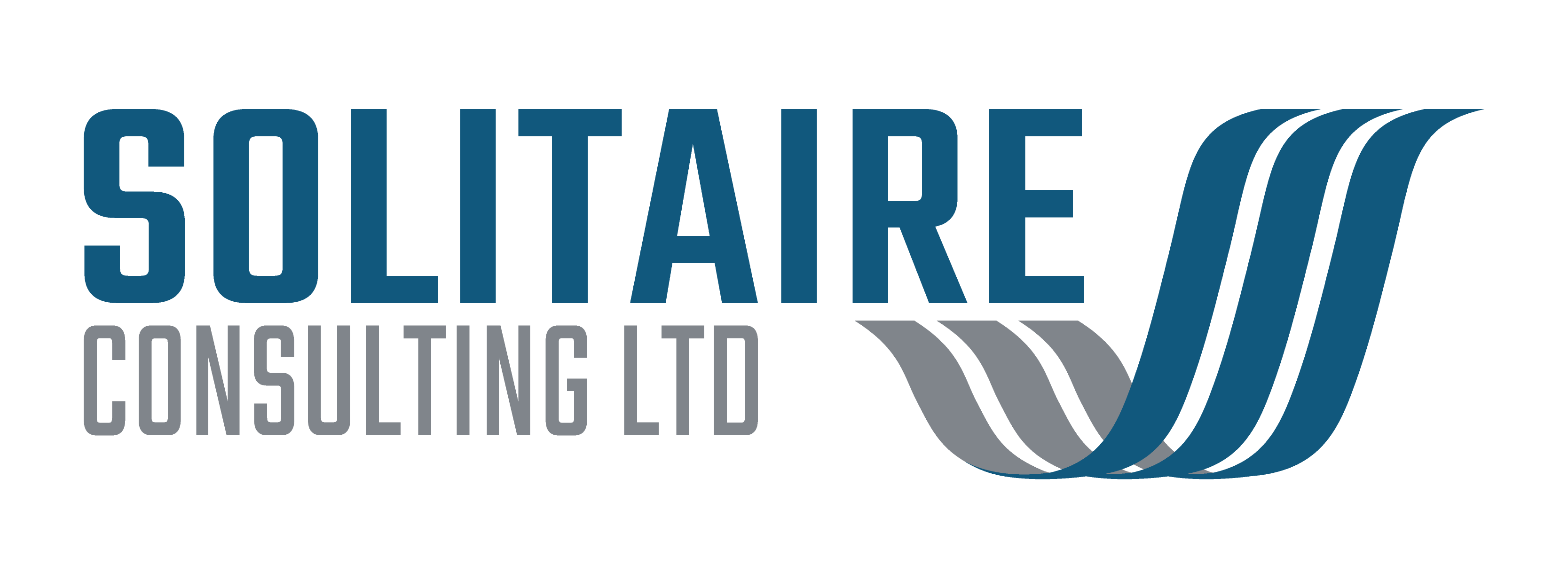One of the problems with the question I have posed in the title of this post, is that ‘best’ can be very subjective. In this context, unless you know what you can achieve with technology it is impossible to know whether your business is getting the best from its technology or not. So, let’s explore that in a bit more detail and look at the sorts of things you could be using technology for. This list is based on my experience working with businesses mainly in the services sector, but I’m sure you will be able to apply it equally to your sector.
Let’s start with the basics:
- Do you have the necessary infrastructure to enable your staff to have access to all the information they need from where ever they happen to work from, at any time of the day?
- Do you have the ability to communicate with your customers, staff and suppliers using the most appropriate media (voice, email, video, letter) in a seamless way?
- Do you have a paperless sales and purchasing processes, issuing electronic invoices, paying bills/receiving payments direct to your bank account and updating your accounting system? (Believe it or not, until very recently one of my largest clients still settled my invoices with a hand written cheque.)
- Can your staff access and share documents electronically or do you rely on paper based files?
- Do you have a central system for managing all your client data (either a CRM system and / or other database product specifically for your type of business)?
If you’ve answered yes to everything above you are doing well, but I may be able to catch you out with the next list of questions?
- Are you using your CRM / database system simply as a tool to store information, or does it actually drive your business processes?
- Are you using workflow / process management software to automate your business processes?
- Do you have a technology strategy that is aligned to and helps to deliver your business strategy?
- Are you making it as easy as possible to reach your customers and deliver the products/services they need using available technology?
- Are you leading the way compared with your competitors use of technology?
After answering these 10 questions can you honestly say that your business makes the most of technology? If you can then I suggest you stop reading now because I don’t want to waste your time!
Still here? I thought so, this probably means you share some of the problems I see all of the time when helping clients with technology enabled change, or in other words helping them change and improve by using technology more effectively.
One of the first problems I come across is that a lot of non-technical business leaders are often not aware of the what is possible with IT. This is particularly the case with smaller businesses who don’t have dedicated IT Departments. This also happens in businesses where the IT staff are too reactive and spend all their time focusing inwardly on keeping things running; they need to also be educating their colleagues and explaining how technology can enable and improve their business.
Where are we going?
So, what do you do if you know you could be doing more with technology, but don’t know where to start?
I would strongly advise against going straight to an IT supplier at this point. yes, they will know about all the latest technology, but they won’t necessarily know what you need, and being very cynical, their objective is more than likely to sell you solutions. Unless you know exactly what you want, this isn’t the right time to focus on the solution.
I always start with the high level business direction. What are you trying to achieve with your business over, say, the next 5 years? This is very important because your decisions on technology are going to need to take account of your business ambitions. Your development and use of technology will be different if you are looking to grow the business prior to selling it, compared with developing into new markets and growing the business from within.
Once you have established where you want to be, attention can turn to how to get there and what the opportunities are to use technology to support this. As with any journey, you of course need to know where you are starting from. It is very unusual to find a business not using some technology so planning a technology improvement must start with knowledge of the current situation.
Leverage your technology investment
This is often the point where I am asked to assist. Many businesses have invested much time and resources into implementing technology but feel they are not getting the benefits they expected. There could be many reasons for this and it is important to understand what these are, not least so lessons can be learnt and prior mistakes with technology not repeated in the future. One of the most common situations I see is where businesses have invested heavily in new systems – typically large database management systems – but are only using part of the functionality available. For example, one of my clients was planning to use its in-house development resource to create an email marketing system. However, I pointed out to them that this was one of the features built-in to their CRM system. It may not have been setup but it was bought and paid for. I’m sure you can think of parts of your business systems that you are not using fully? If not, why not?
If you are not using the full capability of your existing systems then this is the first place to start. Your requirements to meet your business objectives just might already be available within your current technology landscape. Leverage your existing investments before you start to buy more technology. The only time I would advice against this is where your existing systems are no longer supported or where they are too old to easily integrate with more modern systems. Not only is this likely to be more cost effective, it will reduce disruption and your users will already be familiar with the system and won’t require too much retraining.
Keep it simple
Once you have established that you are getting the best from what is currently available, but still need to do more, then and only then, should you start to look at additional or new systems to meet your business requirements. Try and avoid creating too much complexity. Using multiple ‘apps’ and systems is not necessarily problem provided they easily work together and are supportable, either in-house or via external service providers. It is no good creating the most sophisticated, state-of-the-art computer system if no-one knows how to support it. It is important that someone in your organisation is accountable for technology and this function is represented on the Board. It is not essential that you have a board level ‘IT Manager’, but someone at this level needs to have a passion for technology and its ability to drive your business even if they are not overly technical. If you are reading this and run a small business then this is probably you!
Don’t be afraid of buying in external advice and support, either as a one off, to advice on specific technology decisions or on a retainer to help in a part-time IT oversight role. Whilst this will be a cost to your business, it will be far less than the cost of a failed IT Project.
If you are interested in finding out more about how Solitaire Consulting can help you ensure you are getting the best from technology and investing wisely, get in touch to arrange an informal discussion.






One Response